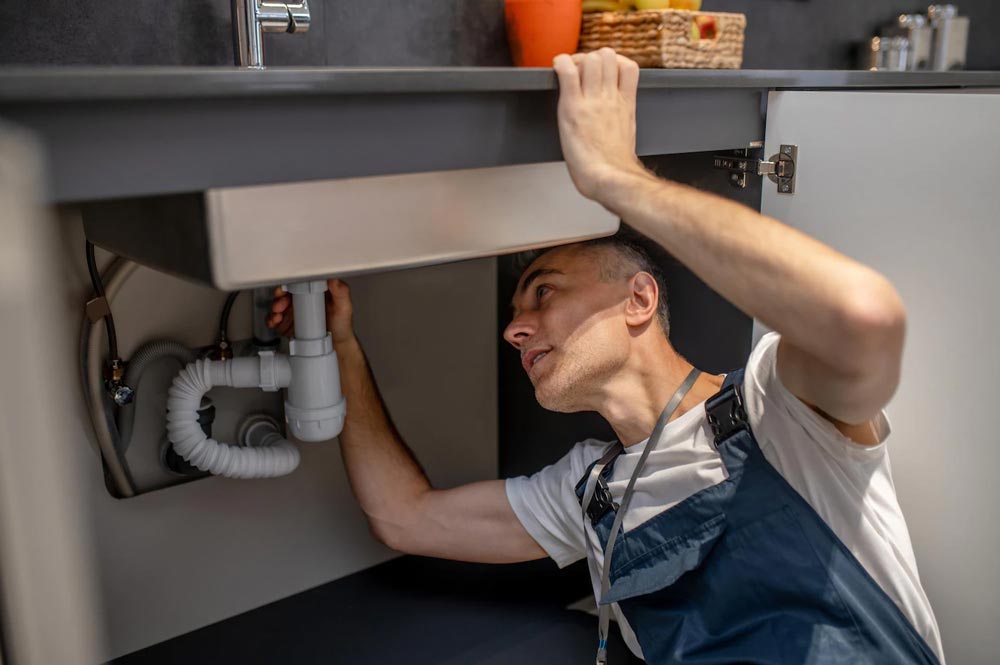Plumbing issues can strike at any moment, turning a peaceful day into a chaotic one. From dripping faucets to clogged drains, these problems are not only inconvenient but can also lead to costly repairs if not addressed promptly. In this guide, we’ll explore some quick and easy fixes for common plumbing problems that every homeowner should know.
1. Dripping Faucets
The irritating sound of a dripping faucet not only disrupts your peace but can also waste a significant amount of water over time. Fortunately, fixing a dripping faucet is often a simple DIY task. Most of the time, a worn-out washer is the culprit. Turn off the water supply to the faucet, disassemble it using basic tools, replace the old washer, and reassemble. If the problem persists, it might be time to replace the entire faucet.
2. Clogged Drains
Clogged drains are a ubiquitous issue in every household. Hair, soap scum, and grease can accumulate over time, leading to slow drains or complete blockages. For a quick fix, try using a plunger to create suction and dislodge the clog. If that doesn’t work, a mixture of baking soda and vinegar can help break down the debris. Pour the mixture down the drain, let it sit for a while, and flush with hot water. For tougher clogs, a drain snake can be used to physically remove the blockage.
3. Running Toilet
A running toilet not only wastes water but can also significantly increase your water bill. The most common cause is a faulty flapper valve. Open the tank and check if the flapper is properly sealing the flush valve. If it’s worn out, replace it with a new one. Another culprit could be the float arm; adjust it to ensure the water shuts off at the correct level. If these solutions don’t work, it might be time to replace the entire flush valve assembly.
4. Low Water Pressure
Low water pressure can be frustrating, especially when you’re trying to take a shower or wash dishes. The first step is to check for mineral buildup in the aerator. Remove the aerator, clean it, and reinstall it. If that doesn’t improve the water pressure, check for leaks in the pipes. Leaks can lead to a drop in pressure, and fixing them might involve patching up small holes or replacing damaged sections.
5. Leaky Pipes
Leaky pipes can cause water damage and mold growth if not addressed promptly. For a temporary fix, use plumber’s tape or a pipe clamp to seal small leaks. However, it’s crucial to remember that these are just temporary solutions. The permanent fix involves cutting out the damaged section and replacing it with a new piece of pipe. If you’re unsure or uncomfortable with this task, it’s best to call a professional plumber.
Conclusion
Being prepared to tackle common plumbing problems can save you time, money, and stress. Regular maintenance, quick fixes, and knowing when to call in the professionals are key elements in keeping your plumbing in top shape. By addressing issues promptly and with the right tools, you can maintain a smoothly functioning plumbing system and enjoy a stress-free home. Remember, a little DIY effort today can prevent a major plumbing disaster tomorrow.
